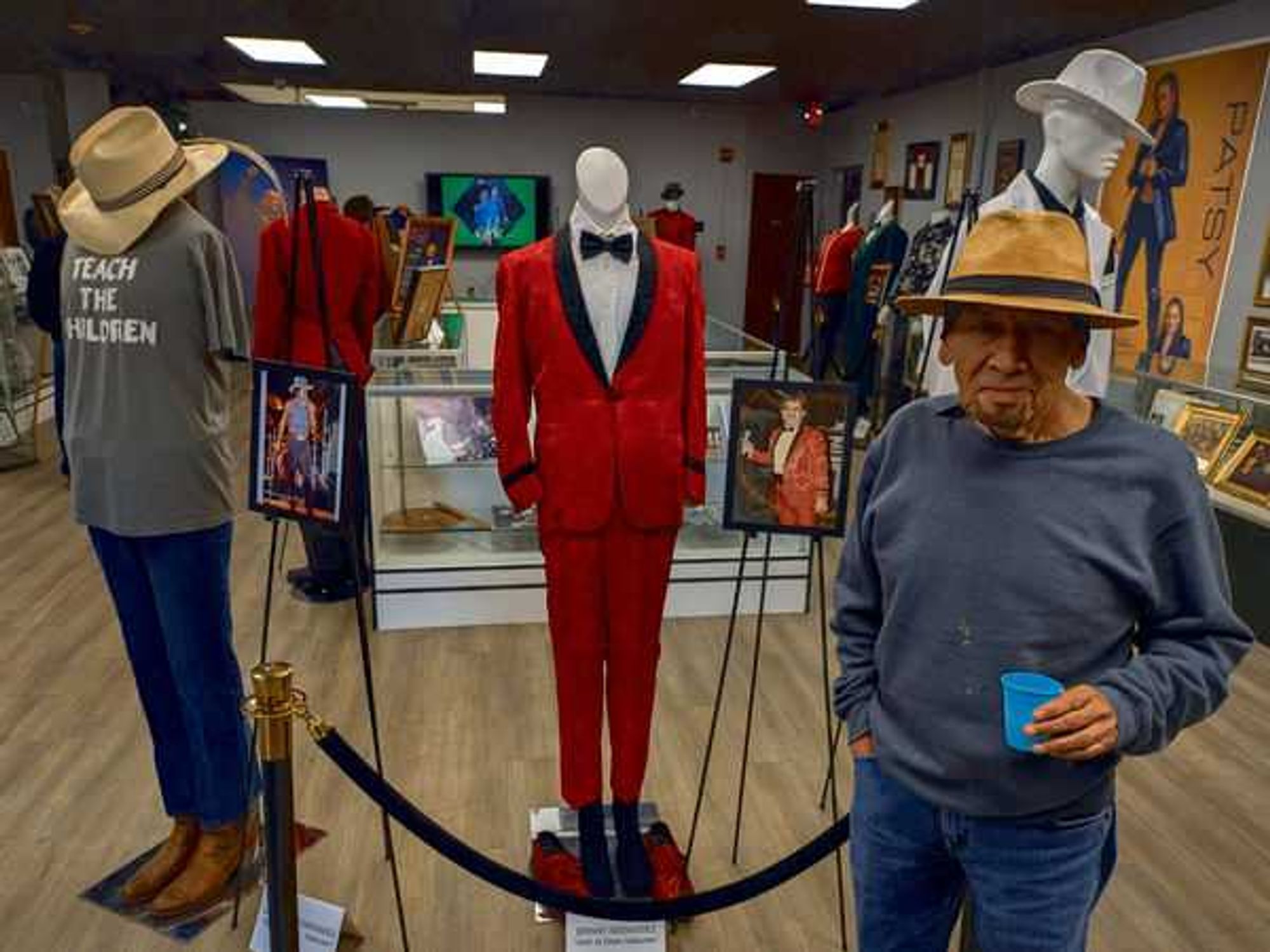style and subject
The Artist: Resurrecting silent film to tell the story of its death
Jan 4, 2012 | 2:31 pm
Robust orchestrations, pitch-perfect characterization, and playful visual storytelling reeled me in as I watched the award-winning film, The Artist, written and directed by Michel Hazanavicius. The silent film, containing no spoken dialogue, features a romance between silent film veteran, George Valentin (Jean Dujardin) and the naive, yet ambitious, actress Peppy Miller (Bérénice Bejo) whose career flourishes as talkies take the country and silent films become passé.
However, the film industry doesn’t fair so well for Valentin, whose success crumbles as fast as Miller’s rises.
Though the romantic storyline proved enticing enough, what I found more interesting as I watched the film was how the story unfolded in the well-executed silent film style.
Ironically, Hazanavicius chose to set his silent film remake in Hollywood as silent film takes its final bow. This decision creates an interesting dynamic between the film’s style and the film’s subject. What better way to tell the story of the death of silent film than by resurrecting silent film itself?
This film is as much about print journalism, the railroad industry and the Ziegfeld Follies, as it is about silent film.
This combination leads to delicious self-aware moments in the film, like when ex-star Valentin “overhears” Peppy Miller in an interview, berating old Hollywood, reducing silent film acting to simply “mugging.”
But in the film, the acting is much more than “mugging.” Dujardin, Bejo and John Goodman (who plays a stubborn Hollywood exec) all have created delightfully large, yet realistic characters, who move grandly and gracefully across the screen. Yet, somewhat betraying the style, some of the facial subtleties in these performances are what give the film a real heartbeat, like a close-up on a coy smile.
At first glance, The Artist is a whimsical pastiche, though with a more critical lens, one might also see a broader narrative. By following Miller’s rise to fame and Valentin’s simultaneous fall, The Artist explores the tragedy and beauty of evolving crafts and art forms, and the careers that are ruined in the fray. This film is as much about print journalism, the railroad industry and the Ziegfeld Follies, as it is about silent film.
The Artist gives voice not only to silent film stars, but all silenced artists. The story might be slow moving for those without an appreciation for the classics, however, anybody with a soft-spot for the art of storytelling must make a trip to the theater soon. The nostalgic experience just won’t be as powerful on DVD.

 The newly opened Totally Tejano Hall of Fame and Museum includes a growing collection of memorabilia. Photo by Edmond Ortiz
The newly opened Totally Tejano Hall of Fame and Museum includes a growing collection of memorabilia. Photo by Edmond Ortiz